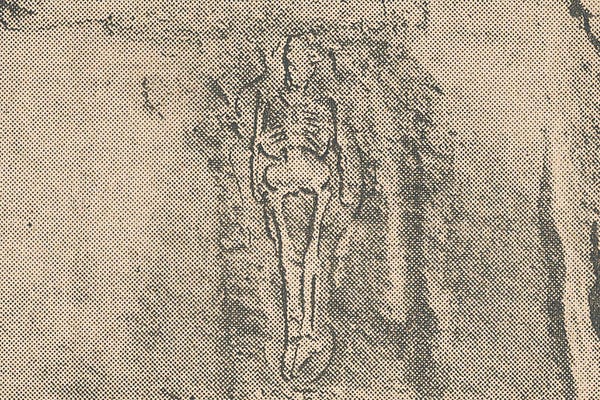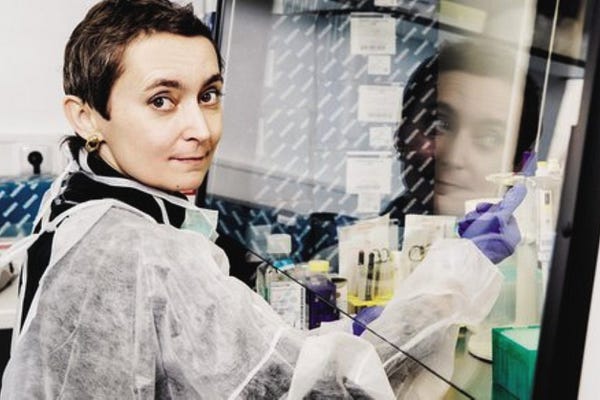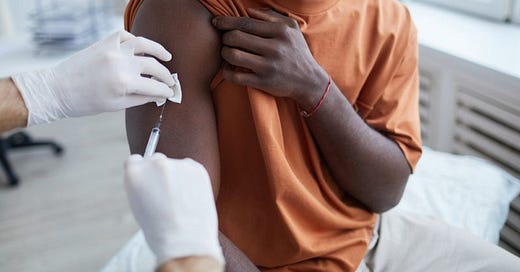

Spiritual Intelligence: A Journey of Inner Awakening
Growing within ourselves to respond to our current times of great change and upheaval.
READ THE LATEST
Most Popular
View all





The Pulse
Emerging ideas on consciousness, current events, science, solutions & more – birthing a new planetary consciousness. Explore how our current paradigms shape our society.
© 2025 The Pulse
Substack is the home for great culture
























